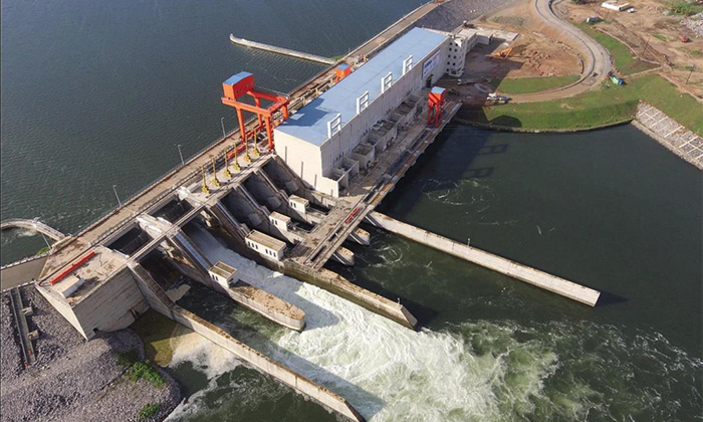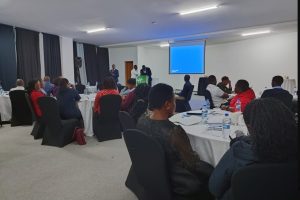Kenya Electricity Generating Company (KenGen) wants to install new geothermal power plants with a capacity of up to 682 megawatts (MW) in the next four years, setting the stage for cheaper electricity.
The firm says the planned plants are in line with its geothermal expansion program that will see it achieve its targeted installed power generation capacity— mostly from green sources— to 2,500mw by 2025.
KenGen will have to increase its installed capacity by 27.3 percent or 682.18mw from the current 1,817.82mw in the next four years and sees geothermal power as the favorable route to achieving this.

Hydroelectric energy is one of the most commonly used forms of renewable energy in the world. This technology uses the power of moving water to generate electricity. Kenya has relied on hydropower for generations to support its growing economy.
The firm’s installed green energy sources that include geothermal hydro and wind currently stand at 1,564.32 MW. This includes hydro (825.69 MW), geothermal (713.13mw), wind (25.5mw).
The planned new projects carry the potential to give geothermal the largest share in its energy mix. KenGen has 253.5mw of thermal energy for stabilizing the grid.
KenGen is therefore looking for four international experts to lead in the geothermal expansion programme that will take its market share of installed capacity beyond the current 65 percent.
“To realize its ambitious geothermal expansion program, the company wishes to constitute a board of consultants by engaging four international experts,” says the firm in tender documents, without revealing how they will fund the new plants.
“The experts will advise the company on key aspects of geothermal development activities, processes, and practices for a period of four years.”
KenGen has set at 20 minimum years of experience in geothermal energy for each of the four consultants.
The experts will work with KenGen in identifying suitable drilling technology and best practices in managing geothermal plants.
KenGen also expects the experts to help in developing models that can cut drilling time and maximize production.
Kenya plans to increase the installed power capacity from 2,298 MW to about 17,760mw by 2030, with geothermal expected to contribute about 7,000mw.
The target was on projected power peak demand of 15,000mw in 2030 but this is currently at below 2,000mw and has left Kenya Power with idle electricity.


















